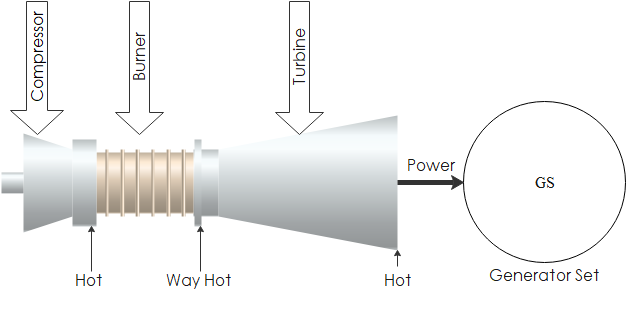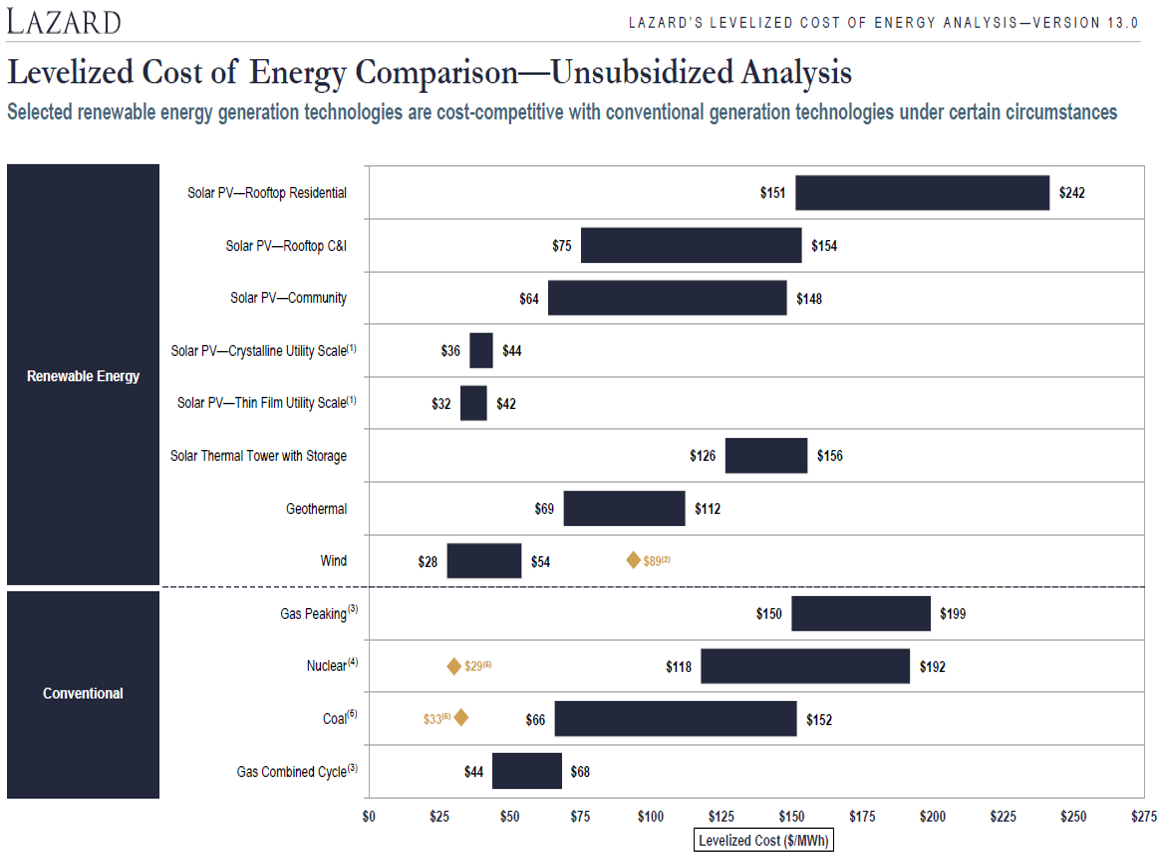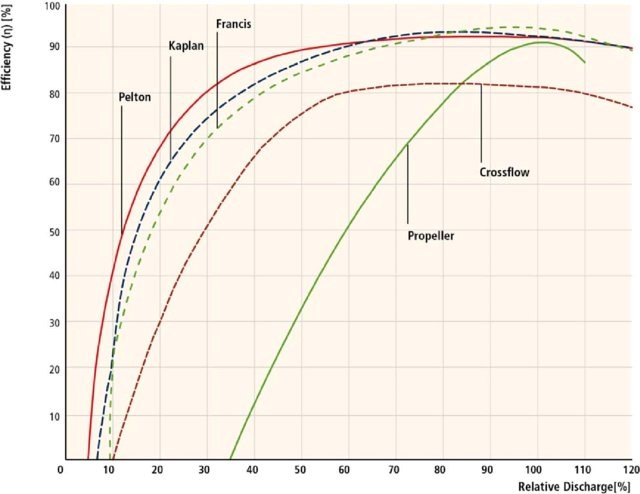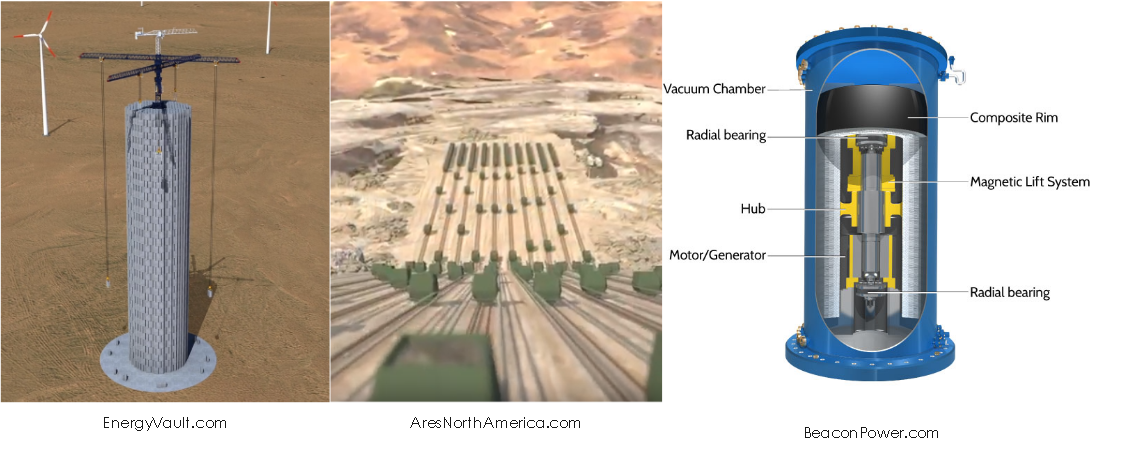
I recently delivered an electrification presentation for Wisconsin Public Utility Institute’s Energy Utility Basics course. While introducing myself, I said, “I’m an engineer, and I can’t help it.” I also said the answer to the question, “Can we ___?” is always, “Yes, it’s just a matter of money.” That led me to briefly discuss politicians, with no background in the subject, declare that “we” (state, city, etc.) will be powered by 100% renewable energy by 2050. The universe is between here and there.
When I hear that renewable electricity is cost-competitive with conventional sources like combined-cycle natural gas or even nuclear, I cringe and spit up a little. Let’s look at the estimated levelized costs of new generation, as presented by Lazard’s excellent annual report.
 A one-dimensional mind would agree that wind and solar are the lowest cost. This is true if you plan your life around the weather and the dynamics of the solar system.
A one-dimensional mind would agree that wind and solar are the lowest cost. This is true if you plan your life around the weather and the dynamics of the solar system.
When I think energy, I think big – from Congo, China, Russia, Denmark and Kazakhstan, to Wyoming, West Virginia, Pennsylvania, North Dakota, Oklahoma, and Texas. Added to that is the consumer and what, when, and how they use energy. Supply, storage, and demand have to align. The cost of managing intermittent generation and storage to match customer consumption has to be cost-effective, governor.
For what, when, and how, the “what” is the type of energy, not just electricity. The “how” is the load, whether it’s a water heater, heat pump, furnace, television, or automobile. The “when” is obvious, and we don’t often think of it until it’s not available. I was reminded of this on a recent early Sunday morning when I woke up and it seemed unusually dark. I realized the power was out. I cracked some jokes that would probably get me in trouble, laughed out loud, and went back to sleep.
When thinking of electricity-storage technologies, there are many dimensions to consider. They include mobility, land requirements and siting, storage duration, useful life, and round trip losses (every time energy is converted from one form to another, there are losses, sometimes cost-killing losses). Let’s look at some options recently up for discussion in the press.
Grid Storage
Pumped Hydro
Pumped hydro is like hydro without a river. Water is pumped uphill to a reservoir when excess power is available. When the sun goes down, or the wind stops blowing, the water is released through the turbine to generate power.

The cost per MW of capacity is about the same for pumped hydro as for conventional hydro, so why not find a river? For instance, there are dozens of untapped dams on the Mississippi. The elevation drop from La Crosse to the Gulf is the same as the Hoover dam. Wow.
Pumped hydro losses are about half of what I thought. Round trip efficiency is as high as 80%. Hydro turbines and their generators operate near 90% efficiency, combined, which is very impressive. That’s 90% pumping and 90% generating, leaving 80% round trip. Typical hydro turbine efficiency curves are shown below. The Francis turbine is typical for pumped storage.
Compressed Air
Compressed air storage is like hydro with two big exceptions. First, the working fluid is compressible air, which is inefficient to produce. Second, natural gas is used for generating power.
Compressed air energy storage is a cheater for efficiency. My experience with air compressors is that they are only about 10% efficient. Most of the input energy turns to wasted heat.
I learned that compressed air storage represents the first half of the Brayton cycle (compression phase). Engineering nerds should know what the Brayton cycle represents: the jet engine. For storage, the air is compressed to very high pressure into underground storage. The heat is dumped, unlike with the Brayton cycle, and when power is needed, the compressed air is heated with natural gas to generate electricity.
See the simple cartoon of a gas-turbine generator below. It is typical of peaker plants used to produce power in peak-grid-load conditions, typically the hottest summer weather. Air is compressed, and when that happens, it gets hot. Then natural gas or jet fuel is used to heat it way hot, as it enters the expansion turbine to produce power to generate electricity. Compressed air storage throws away the “Hot” product of 10% efficiency and then adds it all back with natural gas. Sheesh! What’s the point?

Molten Salt (Thermal)
A couple of weeks ago, we looked at various thermal storage technologies on the consumption (demand) end to store the benefits of electricity, i.e., stored refrigeration at various temperatures. Thermal storage on the supply side involves storing extra heat to generate electricity with steam in a power plant that looks like a thermal (coal or nuclear) power plant. This thermal energy can be stored in molten salt, which sounds like an expensive venture to me, especially after the need to collect and concentrate thermal solar energy for storage.
Hydrogen
Hydrogen is a fuel that can be generated via electrolysis using electricity, water, and electrolyzers. Hydrogen loves to form back into water while it gives off lots of thermal energy or powers a fuel cell. Hindenburg anyone? What could possibly go wrong [in the case of the Hindenburg]? I’ll bet there was no scale modeling in a wind tunnel for that thing.
Mechanical / Kinetic Energy
Regardless of fuel, vehicles convert stored energy into kinetic energy and heat (wasted energy). Hybrids and electric vehicles convert kinetic energy back to stored electrons in a battery using regenerative braking. The same concepts can convert electricity to kinetic energy and back to electricity in various ways.
I already described one in great detail earlier this year. It’s called the Energy Vault. It uses gravity like pumped hydro, but with a tiny footprint and lower cost, I am sure. Mountains, dams, and canyons, not required.
Another promising form of cost-effective storage, like the Energy Vault, is the gravity train, which I found and described a couple of years ago.
A third is a flywheel, a massive, and hopefully, well-balanced machine that spins with incredible speed: 7,000 pounds spinning at 16,000 RPM. What could possibly go wrong?
These three examples are shown, in order, in the following image.

Next Up
Next week, I’ll pull out my report card and we will put some numbers to these things!





